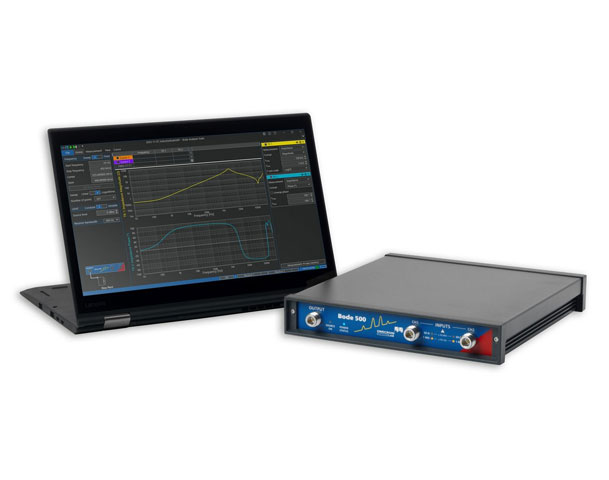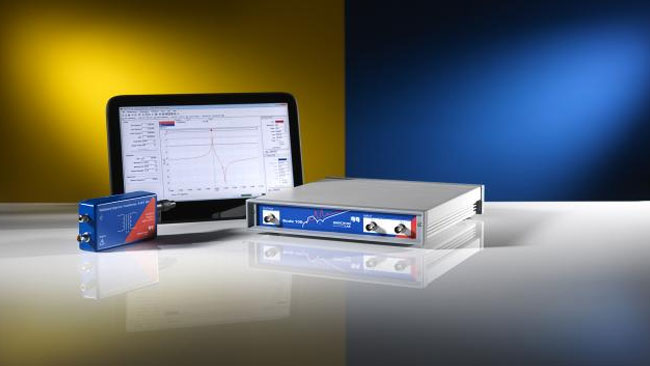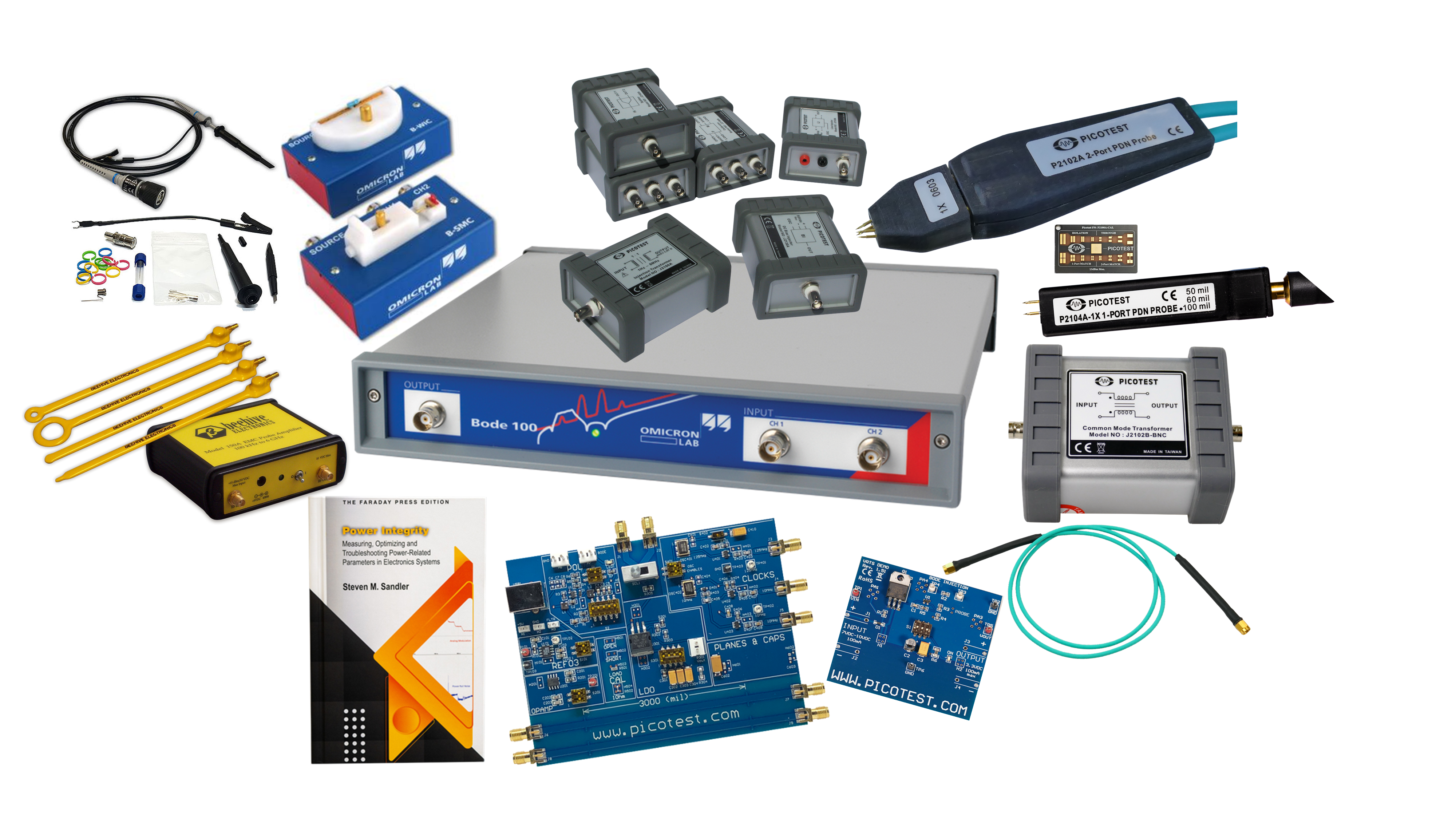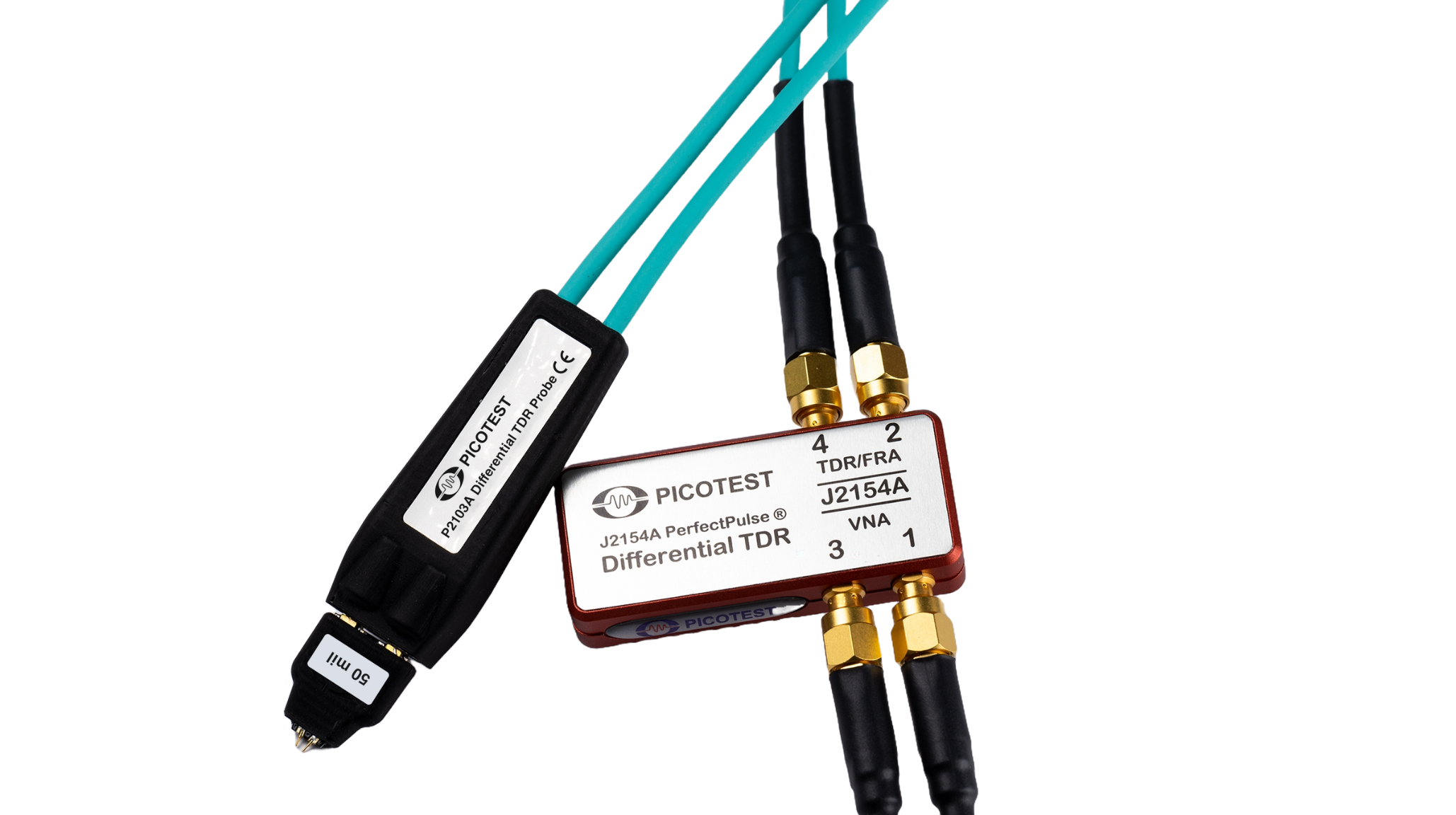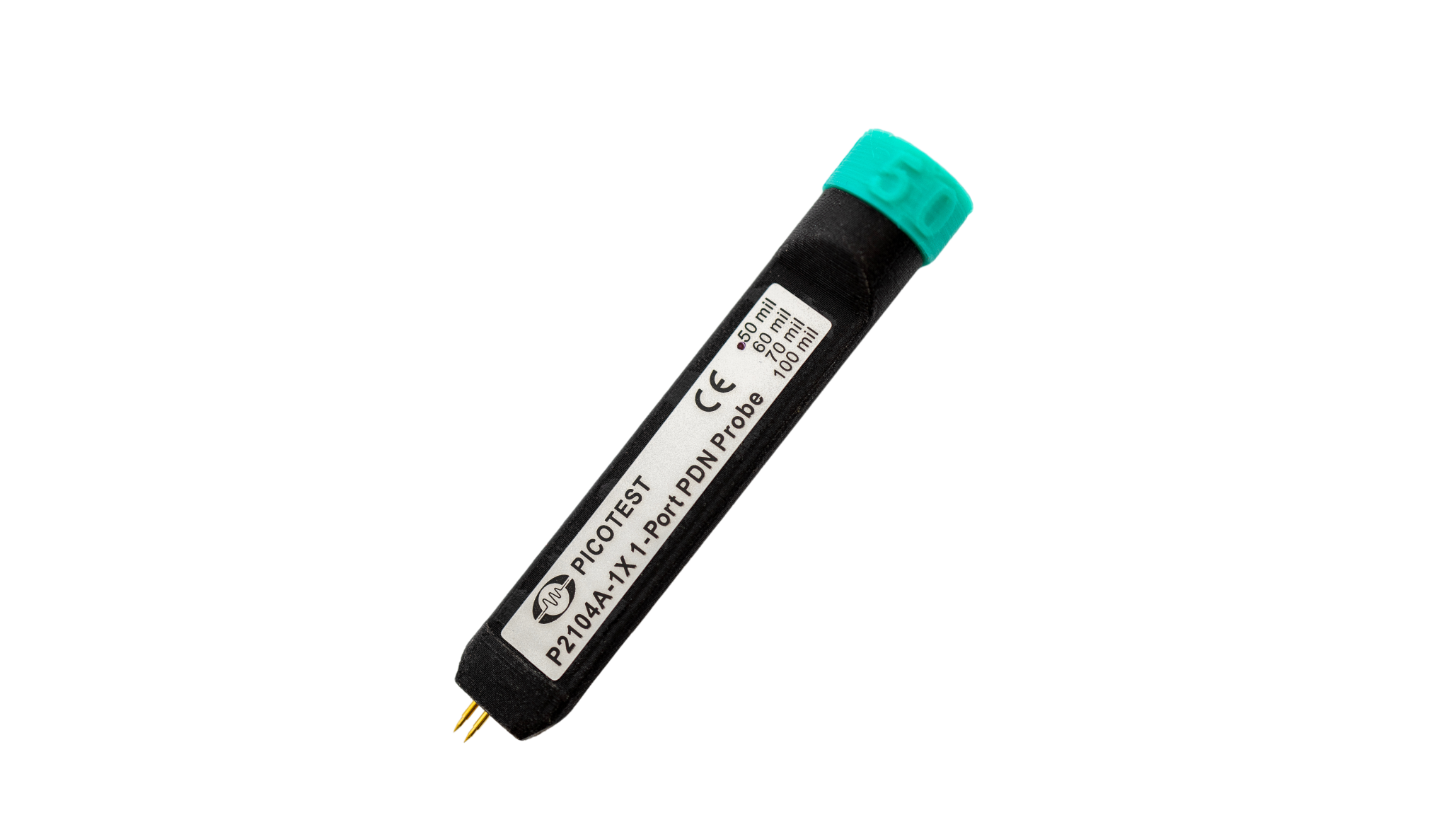 Avoiding common pitfalls will get you better data with minimum effort. Steve Sandler takes a look at four common scope mistakes and shows how to avoid them. This part looks at problems with probes.
Avoiding common pitfalls will get you better data with minimum effort. Steve Sandler takes a look at four common scope mistakes and shows how to avoid them. This part looks at problems with probes.
The engineering community uses oscilloscopes more than any other piece of equipment, yet many of the published results are questionable at best. Some errors are very common, so we can eliminate a great deal of bad data by considering a few simple but key points. This second part of this four-part series covers probe issues: choosing an incorrect probe or using it improperly.
The three most common probe issues are not calibrating the probe (either for capacitance or for time skew), ringing due to the ground wire, and using 50-Ohm coaxial cable connected to a high-impedance input. The scope probe is represented as a high impedance in parallel with a high Q capacitance. Any series inductance (either connected to the tip or the ground) will result in a high Q tank circuit and ringing. The ringing frequency will generally be lower than the stated bandwidth of the probe.

